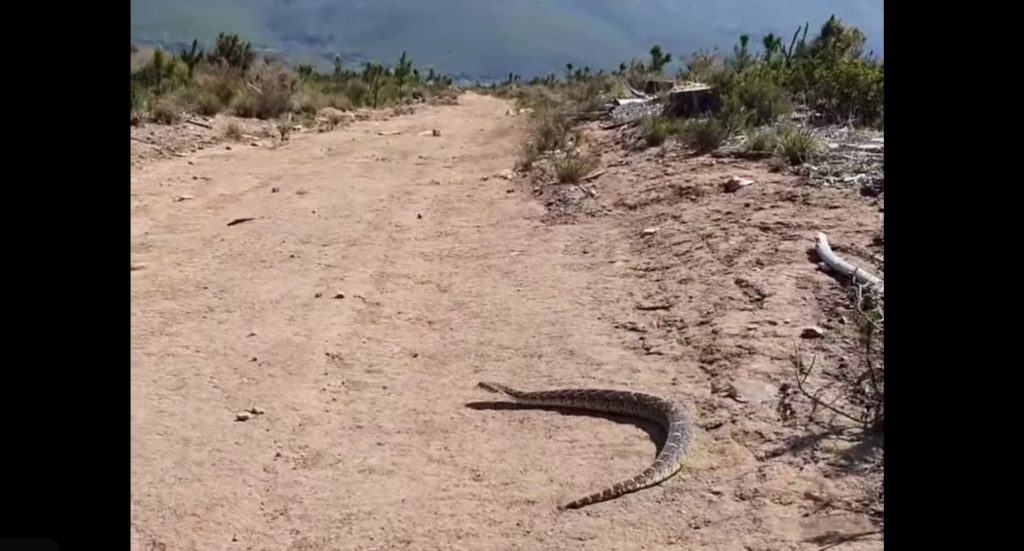Snake season has begun in the Mother City. These reptiles emerge as the days grow warmer, and will disappear again when the seasons change. While they may seem scary, these creatures are vital to our ecosystem and residents are urged to be extra cautious around them.
In March 2015, a fire broke out in the Jonkershoek Valley, and a South Easterly wind pushed it towards the Stellenbosch area. The fire also moved closer towards the Helderberg Basin which put some farms under threat.
Over 200 fire-fighters, including aerial support and ground crews from CapeNature, Cape Winelands District Municipality (CWDM), Working on Fire (WoF) and the Volunteer Wildfire Services (VWS) worked to contain the blaze which was burning high in the mountains.
About 2900 hectares of alien vegetation and fynbos was burnt, creating major ecological concern. This also affected the many animals and reptiles that called the valley home.
Cape Town resident Bennet Nel recently came across a slew of snakes while on a bike ride in Jonkershoek Nature Reserve, and is urging others to remain cautious when out in nature. He shared videos of his recent bike ride in the valley, in which he encounters a number of snakes.
“After the 2015 fire there were very few snakes in jonkers. 2 years ago there were many tiny snakes all over. This year they are all grown up !!!! Be awake this summer people !!” he writes on Facebook.
There are over 2 500 species of snakes found worldwide and There are 175 species of snakes in Southern Africa. Of these, 29 species are dangerously venomous and have caused human fatalities. The Black Mamba is considered to be the most dangerous snake in Africa, as its bite without the anti-venom is nearly always fatal.
– Do not pick up, poke or provoke any snake that you come across, even if it appears to be dead, as some like the Rinkhal may play dead and strike when disturbed.
– Do not approach the snake closely. If you accidentally come in close contact, move away quickly.
– If the snake is about a metre away, freeze and wait for its reaction. If the snake is cornered, back away slowly to give it room to escape
– Observe the snake. If it rears up and flattens its neck to form a hood, it is aggressive and may be preparing to strike
– Try to remember the markings or other physical traits of the snake, as some are venomous while others are not
– If you are bitten by a snake, remain calm and call for medical help
– Never try to suck the venom out if bitten by a cytotoxic, neurotoxic or hemotoxic snake
Also read: Snake season is back in the Mother City
Picture: screenshot from video






